Researchers and stakeholders in the region say underinvestment and political discord could limit the region’s capacity to boost R&I
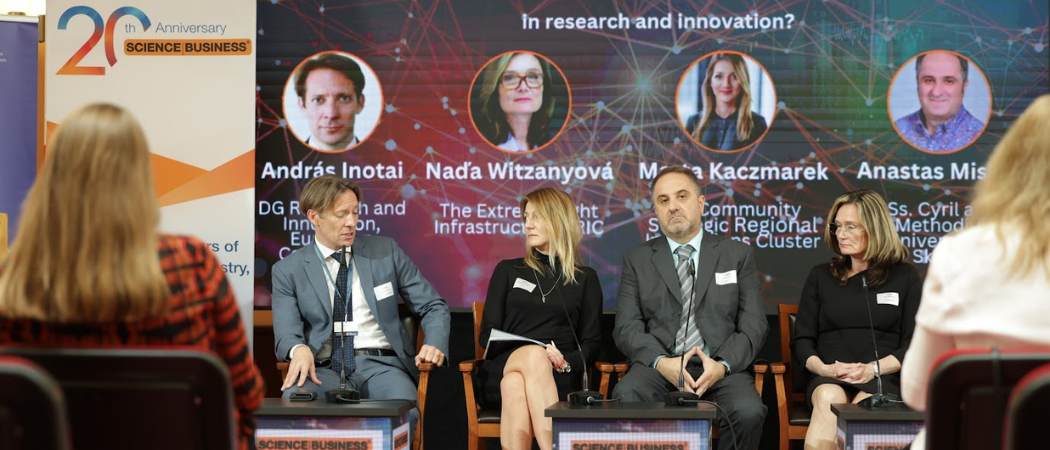
From left to right: András Inotai, head of unit for innovation policy at the European Commission’s research directorate, Nada Witzanyová, senior external affairs manager at ELI-ERIC, Anastas Mishev, professor of computer science and engineering at Saints Cyril and Methodius University, and Marta Kaczmarek, director of the strategic regional innovation cluster at the EIT community hub, at a Science|Business conference at the Saints Cyril and Methodius University in Skopje, North Macedonia, on October 1, 2024.
Science ministers in the Western Balkans and the EU agreed to intensify collaboration in research and innovation at a meeting in Skopje last week, but researchers and stakeholders say underinvestment and political disagreements could hamper progress.
With countries in the region currently going through the EU accession process, officials in Brussels have praised the Western Balkans for getting more and more involved in EU research collaborations.
“Close cooperation with our Western Balkan partners is a priority for the EU,” said research and innovation commissioner Iliana Ivanova after the ministerial meeting. “I would like to congratulate them on the progress that they achieved.”
The European Commission says countries in the Western Balkans have increased the resources devoted to research and innovation, including for research infrastructures, science and technology parks, and improving framework conditions for science and technology. Horizon Europe is also providing €140 million to 400 projects in the region.
Western Balkans science ministers and the EU agreed on “the importance of innovation in driving productivity and competitiveness in the region,” András Inotai, head of unit for innovation policy at the European Commission’s research directorate told delegates at a Science|Business conference at the Saints Cyril and Methodius University in Skopje, North Macedonia, after the ministerial meeting.
Inotai said there is a need for better access to finance and to update regulatory frameworks. The region is also bleeding skills to the west, with talented researchers, scientists and innovators looking for opportunities elsewehere.
Compounding these problems, science is not a political priority in the region, said Anastas Mishev, professor of computer science and engineering at Saints Cyril and Methodius University. Mishev noted that the six countries have different legal systems which are not yet fully in line with EU regulations, and each country has its own view on matters related to science.
But the one common denominator is that investment in research is “quite, quite low; very, very low” and positive examples of public and private R&D funding are “sporadical”, with researchers often seeking funding from the EU.
In addition to a flurry of other EU funding opportunities available in the region, Inotai announced the launch of an upcoming call on regional innovation valleys, to which Western Balkan organisations can apply in 2025.
The application process should be simpler in future, he said. “Previously, you had to have five regions represented from the EU and from associated countries. We'll probably bring that down to three, to make it a bit simpler to build consortia,” he said.
Marta Kaczmarek, director of the strategic regional innovation cluster at the EIT community hub announced other upcoming opportunities for the Western Balkans. These include the launch of the EIT Jumpstarter programme dedicated to the region, where the EIT is planning to train over 200 scientists in start-up creation and research commercialisation. “We want to create 20 new start-ups in the Western Balkans,” she said.
Mishev hopes the six countries in the Western Balkans will eventually become EU members in the near future. But, before that happens, the research community there wants to contribute to shaping the next EU framework programme, FP10. "We should be involved in this [...], to provide valuable input to the structuring of this framework programme," he said.
Big research labs
In addition to political hurdles, and over and above EU funding opportunities, some scientists are also bitter about the lack of a big research lab in the region.
Former Yugoslavia had three large scale research infrastructures, each older than CERN, according Sanja Damjanovic, a physicist who served as Montenegro’s science minister and is now working at GSI Helmholtz Centre for Heavy Ion Research in Germany. “We have now 70 years without building any research infrastructure in our region,” she said.
As research minister, Damjanovic started pushing for the establishment of an international cancer research lab, but progress in reaching an agreement on transnational funding and governance has been slow.
The project was also put forward for the 2020 roadmap of the European Strategy Forum on Research Infrastructures, but got rejected. “One of the weaknesses was a weak user community,” Damjanovic said. “We have a lack of self-organisation and that, we need to improve.”
EU member states in the east have only recently managed to build a large facility for laser research, but the process was far from smooth. The Extreme Light Infrastructure (ELI), three sister facilities in Czechia, Hungary and Romania, is the EU’s largest investment in a research infrastructure in eastern Europe. But it was delayed, as various diplomatic and funding issues stalled collaboration between the three partner labs and other partners in the EU.
When delivering such a project, patience and persistence are key, said Nada Witzanyová, senior external affairs manager at ELI-ERIC near Prague. “Building such large-scale international research projects requires a long-term, community-driven effort with coordination across multiple stakeholders,” she said.
Editor's note: This article was updated 11 October 2024 to correct a quote Anastas Mishev's view the contribution of the Western Balkans to FP10 negotiations.
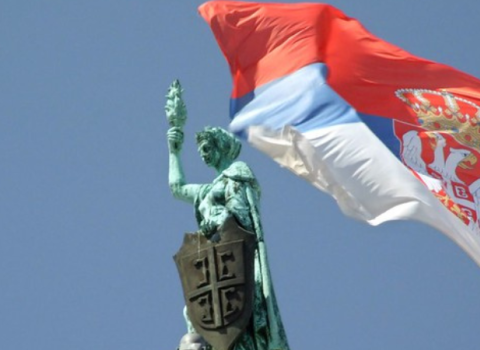
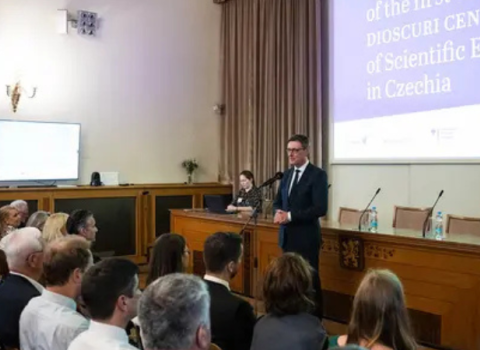
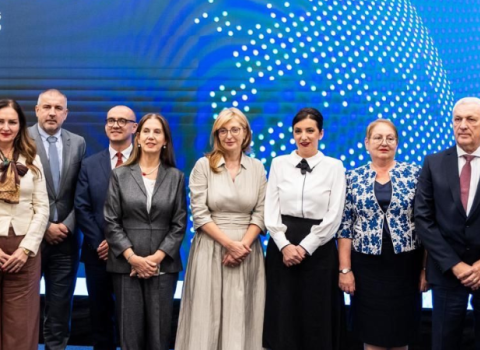
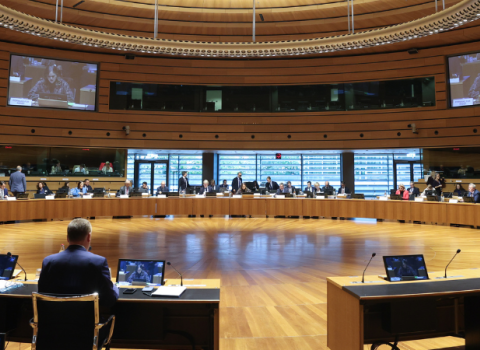

 A unique international forum for public research organisations and companies to connect their external engagement with strategic interests around their R&D system.
A unique international forum for public research organisations and companies to connect their external engagement with strategic interests around their R&D system.